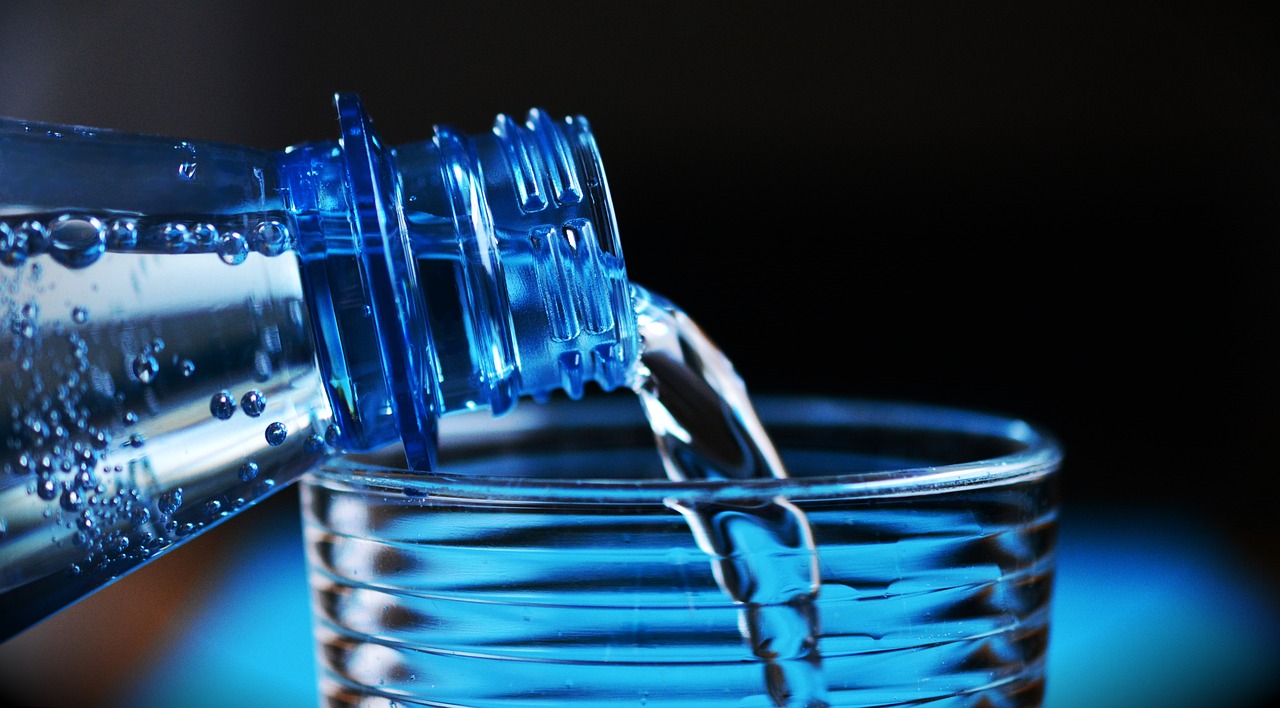Water is essential for life. It makes up about 60% of our body weight and is crucial for maintaining bodily functions. However, there is often confusion about how much water we should drink daily. This article aims to clarify the recommended water intake, factors influencing hydration needs, and practical tips for staying adequately hydrated.
The Common Recommendation: 8×8 Rule
The most well-known recommendation for water intake is the “8×8 rule,” which suggests drinking eight 8-ounce glasses of water a day, totaling about 2 liters or half a gallon. This guideline is easy to remember and serves as a general baseline for average adults. However, this is a one-size-fits-all approach and may not be suitable for everyone.
Individual Water Needs
Body Weight and Size
Larger individuals typically require more water than smaller ones. A common formula is to drink half an ounce to an ounce of water for each pound you weigh. For example, weighing 150 pounds, you should aim for 75 to 150 ounces of water daily.
Activity Level
Physical activity increases water loss through sweat, so active individuals or those who exercise regularly need more water to stay hydrated. It’s recommended to drink an additional 1.5 to 2.5 cups (12 to 20 ounces) of water for every hour of exercise.
Climate and Environment
Hot and humid environments increase sweat production, leading to higher water needs. Similarly, living at high altitudes can also increase fluid loss and necessitate greater water consumption.
Health Conditions
Certain health conditions, such as fever, diarrhea, and urinary tract infections, increase water needs. Pregnant and breastfeeding women also require additional fluids to stay hydrated.
Signs of Dehydration
It’s crucial to listen to your body and recognize signs of dehydration, which include:
- Thirst
- Dry mouth
- Dark yellow urine
- Fatigue
- Dizziness
- Confusion
Severe dehydration can lead to more serious health issues and requires immediate medical attention.
Other Sources of Hydration
Water isn’t the only source of hydration. Beverages like milk, juice, herbal teas, and foods with high water content, such as fruits (e.g., watermelon, oranges) and vegetables (e.g., cucumber, lettuce), contribute to overall fluid intake.
Practical Tips for Staying Hydrated
- Carry a Water Bottle: Keep a reusable water bottle with you to make drinking water more convenient.
- Set Reminders: Use phone apps or alarms to remind you to drink water regularly throughout the day.
- Infuse Your Water: To enhance flavor without adding calories, add slices of fruits, vegetables, or herbs to your water.
- Monitor Your Urine: Aim for pale yellow urine, which is a good indicator of proper hydration.
Conclusion
While the 8×8 rule is a good starting point, individual water needs vary based on several factors,, including body size, activity level, environment, and health conditions. Paying attention to your body’s signals and incorporating other sources of hydration can help ensure you meet your daily water needs. Remember, staying hydrated is key to maintaining overall health and well-being.
This article provides a comprehensive overview of daily water intake recommendations and practical advice for staying hydrated. If you have specific health concerns or conditions, it is always best to consult with a healthcare professional for personalized advice.
- Hector Pascua/picture: Bild von congerdesign auf Pixabay
This post has already been read 4812 times!



